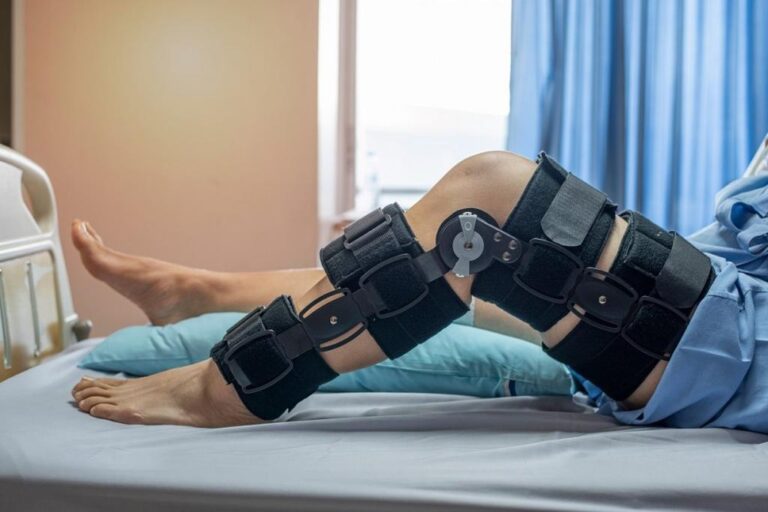Ah, working from home! It’s the dream, right? Without the confines of a traditional office, you’re free to relax in comfort as you trip lightly through your daily responsibilities … right?
Not always. While working from home may offer some advantages, it can actually take a big toll on your body — especially your wrists.
At Texas Orthopaedic Associates, our team is skilled in identifying the causes of wrist pain, including wrist pain associated with work activities. Once those causes are identified, your provider creates a solution based on your unique needs, including your work-from-home environment.
Wrist anatomy 101
Before delving into the most common causes of wrist pain, it’s important to understand a little bit about wrist anatomy. Your wrist is a complex joint comprising eight separate bones, along with tendons, ligaments, nerves, and other structures.
At the base of your wrist is a narrow opening called the carpal tunnel. A major nerve (the median nerve) passes through this tunnel, supporting movement and sensation in most of your fingers and hand.
Carpal tunnel syndrome is one of the most common work-related wrist injuries, occurring when that nerve is compressed or “pinched” where it passes through the carpal tunnel. As many as 10 million Americans suffer from carpal tunnel syndrome’s painful symptoms.
Carpal tunnel syndrome occurs most often in people who use their hands and wrists a lot.
Repeated movement in the hand and wrist increases the risk of inflammation, which in turn makes nerve compression more likely. Tendonitis and other wrist problems can also be caused by work activities that place a lot of strain on your hands, wrists, or arms.
Why working from home makes a difference
You might think working from home would decrease your risk of wrist injuries. After all, for lots of people, the home environment is associated with less stress and rigidity than a traditional office setting.
Unfortunately, most work-from-home environments just aren’t designed for work. And even if you have a home office, there’s always the temptation to work from your laptop wherever the mood strikes — even slumped on your couch or your favorite chair.
Wrist pain is a lot more likely when your wrist, hands, and arms don’t get the support they need to work without excess strain. If you’re hunched over or your keyboard isn’t optimally positioned for your arms and hands, wrist pain is almost sure to follow.
Even poor posture — slouching in a desk chair, for instance — can cause strain on your shoulders, arms, and hands. Plus, with a laptop, there’s a good chance your wrists aren’t getting the support you need as you spend hours typing.
Getting rid of wrist pain
The good news: A lot of wrist pain can be eliminated with a few simple interventions, including some simple changes to your home work environment.
At Texas Orthopaedic Associates, treatment starts with a thorough review of your symptoms as well as your work activities and office area. Depending on your symptoms and other factors, your individualized treatment plan could include:
- Physical or occupational therapy
- Wrist splints, braces, or casts
- Wrist supports for your keyboard
- Changes in your work activities
- Wrist injections to reduce pain and swelling
- Oral medicine for pain and inflammation
- Strengthening exercises and stretches
In severe cases that don’t respond to these approaches, our team might recommend minimally invasive surgery to correct an underlying problem, like carpal tunnel syndrome.
With locations in Dallas, Plano, Keller, Weatherford, and Fort Worth, Texas, our experts at Texas Orthopaedic Associates offer world-class orthopaedic care and treatment right in your own backyard. To learn how we can help you get rid of your wrist pain, call or book an appointment online today.













